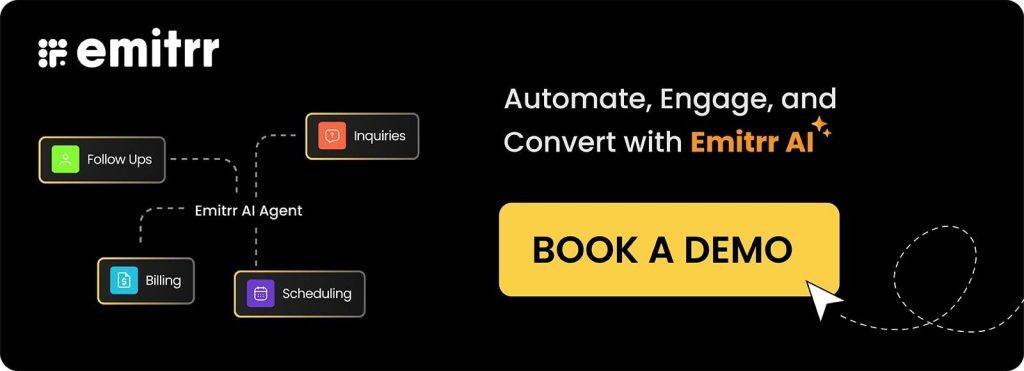Anesthesia Consent Form
What Is Anesthesia Consent Form?
An anesthesia consent form authorizes the use of anesthesia before a surgical procedure, ensuring patients are aware of the process, potential risks, and post-surgery care. With the help of tools like AI for Surgery and Surgery Scheduling Software, clinics can streamline how these consent forms are created, shared, and reviewed, minimizing administrative errors and improving patient readiness.
Purpose Of The Anesthesia Consent Form
The anesthesia consent form plays a vital role in maintaining patient safety and legal compliance. It ensures patients are fully informed about the type of anesthesia, its risks, and aftercare. For clinics, it’s a key step in documentation and transparency. Integrating solutions like CRM for Surgeons allows healthcare providers to track and manage patient consent history efficiently, while Reputation Management for Surgeons strengthens trust through consistent communication. Meanwhile, Online Reputation Management for Surgeons ensures that positive patient experiences—supported by clear, organized consent procedures—enhance the practice’s public credibility.
Key Components Of A Anesthesia Consent Form
Understanding the key components of the anesthesia consent form is vital for ensuring informed consent and clarity. Each field captures essential information that protects both the practitioner and the patient.
- Owner Information: Captures the owner’s name, contact details, and pet information.
- Procedure Description: Details the type of procedure requiring anesthesia.
- Anesthesia Type: Specifies whether local or general anesthesia will be used.
- Risks and Benefits: Outlines potential risks and expected benefits of the anesthesia.
- Emergency Contact: Provides an alternative contact for emergencies during the procedure.
- Previous Anesthesia Reactions: Notes any past adverse reactions to anesthesia.
- Pre-Anesthetic Instructions: Lists pre-procedure guidelines for the pet owner.
- Owner’s Signature: Confirms the owner’s consent and understanding of the procedure.
- Date of Consent: Records when the consent was given.
- Veterinarian’s Signature: Indicates the veterinarian’s acknowledgment of the consent form.
Digitize Your Medical Forms With Emitrr
Emitrr transforms how healthcare providers handle consent and intake forms by digitizing traditional paper-based processes. With a HIPAA-compliant form builder, clinics can securely collect, share, and store patient consent documents.
By integrating with Surgery Scheduling Software, Emitrr ensures all forms are completed before appointments, minimizing administrative delays. Practices can also use online patient forms and SMS-based submissions to streamline the patient experience.
Automated reminders and digital forms and surveys improve compliance, communication, and workflow efficiency. This transition empowers surgical teams to focus on patient care while maintaining full accuracy and security.
Overall, Emitrr simplifies documentation, boosts patient engagement, and supports healthcare organizations in building a seamless digital workflow that saves time and ensures compliance.
FAQs
The veterinary anesthesia consent form is a document that pet owners sign to acknowledge their understanding of the anesthesia process, including risks and benefits before a procedure.
Filling out a consent form for veterinary surgery ensures that you are informed about the anesthesia involved and allows you to ask questions, ensuring a safe experience for your pet.
The local anesthesia consent form pertains to procedures where only a specific area is numbed, while the general anesthesia consent form addresses procedures requiring full sedation.
If the anesthesia consent form is not signed, the procedure may be delayed or canceled, as veterinarians need your consent to proceed with anesthesia safely.
Yes, you can revoke your consent for anesthesia at any time before the procedure begins, but it’s important to discuss this with your veterinarian as it may affect the scheduled treatment.
Yes, the veterinary anesthesia consent form is a legal document that protects both the pet owner and the veterinarian by ensuring informed consent has been obtained.
Still Using Paperforms?
Check out what Emitrr's digital forms can do for you! Reduce wait times, ensure compliance, and boost the efficiency of your medical practice with digital forms. Watch the video to know how!

 4.9 (400+
reviews)
4.9 (400+
reviews)
